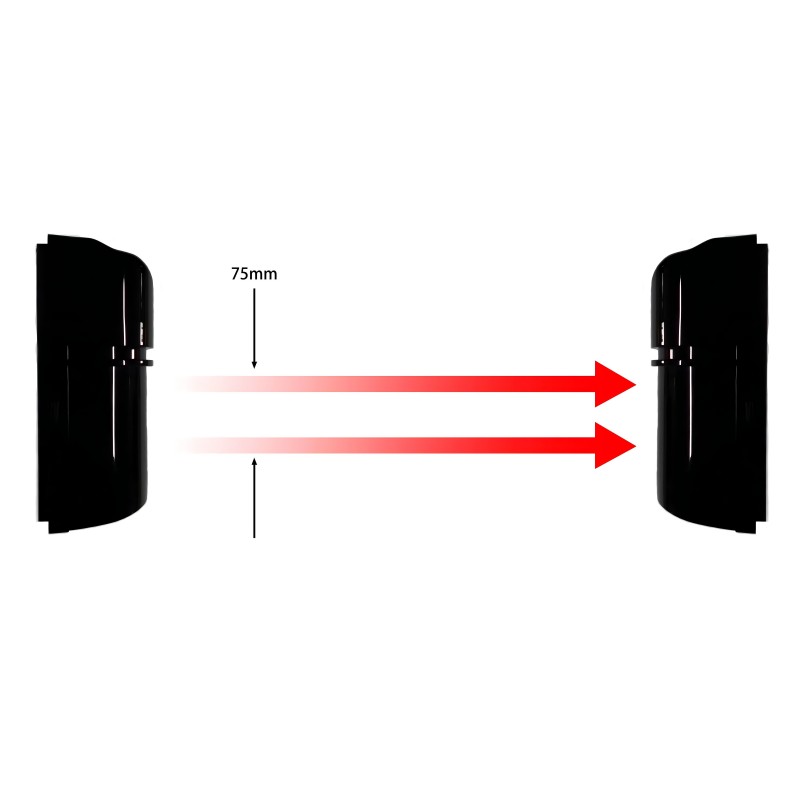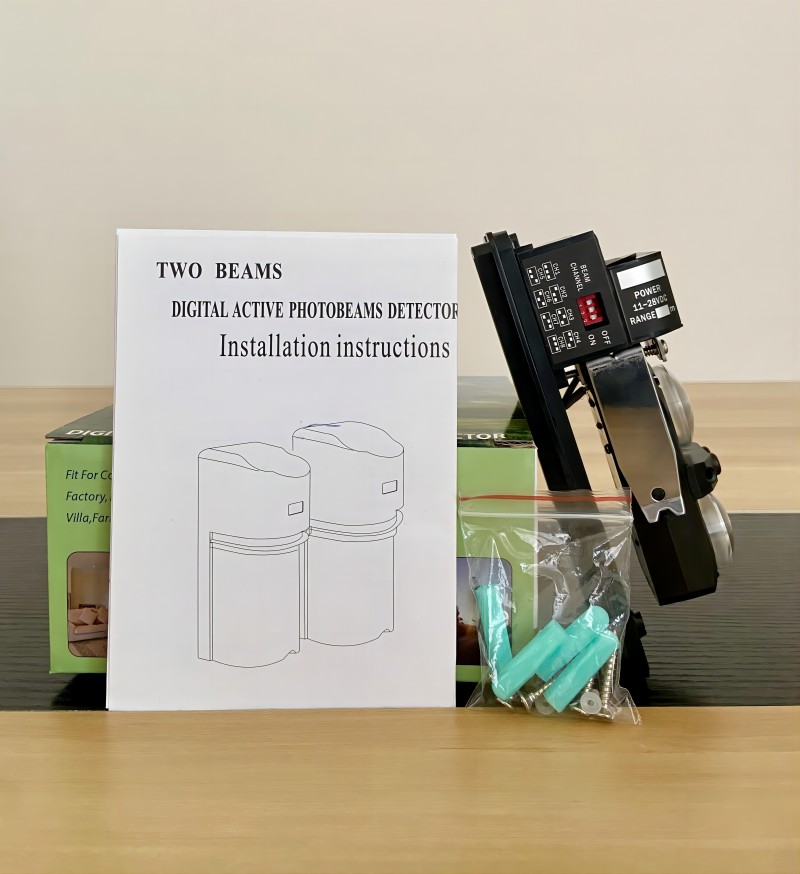5 Must-Know Tips Before Buying an Outdoor Security Beam Detector
Outdoor security has become more intelligent and layered in recent years, and at the heart of many robust perimeter systems lies one powerful, yet often overlooked component: the security beam detector. Whether you're protecting a warehouse, school, private residence, or critical infrastructure, choosing the right infrared photobeam detector can make all the difference between a reliable defense system and a vulnerable perimeter.
At Sunlit-tech, we specialize in designing and manufacturing high-performance outdoor photobeam detectors that stand up to harsh environments and evolving security needs. Before you make an investment in your perimeter protection, here are five essential tips to help you choose the right beam detector for your application.

Tip 1: Understand the Range and Coverage Requirements
Not all beam detectors are built for the same distance. Some are designed for short-range protection of driveways or entry points (up to 20–30 meters), while others, like Sunlit-tech’s long-range outdoor photobeam detectors, can cover distances up to 100 meters or more in open environments.
Key considerations include:
How far apart will the transmitter and receiver be placed?
Is the area clear of obstacles (e.g., fences, trees, or vehicles)?
Do you need multi-zone coverage or just a single line of defense?
A mismatch between your security requirements and the detector’s range can cause blind spots or false alarms. Always match your beam sensor's range with the exact distance of the site for optimal reliability
Tip 2: Choose the Right Beam Configuration: Dual Beam vs Quad Beam
Infrared security beam detectors are often categorized by the number of beams: dual, triple, or quad. The more beams in the system, the better it performs in outdoor environments where wind, dust, leaves, or small animals could interfere.
Dual beam detectors are ideal for basic outdoor perimeter zones with minimal interference.
Quad beam detectors, like those developed by Sunlit-tech, offer greater stability, enhanced signal recognition, and reduced false alarms—especially in harsh weather.
For outdoor installations where false triggers are a concern, especially in industrial or open spaces, quad beam infrared photobeam detectors are a more secure and stable solution
Tip 3: Evaluate Environmental Resistance and Weatherproofing
One of the biggest challenges in outdoor perimeter security is environmental variability—rain, fog, extreme heat, or frost can affect beam alignment and sensor responsiveness.
A professional-grade security beam detector must have:
IP65 or higher waterproof rating
UV-resistant housing
Temperature-tolerant electronics
Anti-condensation design
Sunlit-tech’s outdoor photobeam detectors are specifically engineered for durability, with built-in anti-fog lenses, high-transmittance infrared filters, and robust enclosures that withstand weather extremes without compromising performance.

Tip 4: Consider Installation Flexibility and Alignment Aids
Even the most advanced infrared beam system can underperform if not correctly aligned. Poor installation or misalignment over time due to ground movement or environmental factors can lead to false alarms or detection failure.
Look for detectors with:
Alignment viewfinders or digital alignment indicators
Rotatable mounting brackets for flexible positioning
Tamper-proof designs to prevent accidental adjustments
Sunlit-tech offers beam detectors with built-in optical alignment tools and screw-locking mechanisms that maintain perfect positioning even in long-term outdoor installations.
Additionally, check whether the beam detector supports:
Wall and pole mounting options
Adjustable beam height for uneven ground
Wiring channels for clean and secure setup
These features will reduce installation time, lower maintenance costs, and improve system uptime
Tip 5: Think Integration – Alarm Systems, CCTV, and Automation
Today’s security beam detectors are more than standalone devices—they’re integrated components in broader security ecosystems. Make sure the unit you choose is compatible with:
Alarm control panels (NC/NO relay outputs)
CCTV camera trigger systems
Smart home automation systems or industrial control platforms
For instance, integrating an infrared photobeam detector with a CCTV system allows automatic video recording when a beam is interrupted. This not only improves reaction time but also provides evidence for security incidents.

Bonus Tip: Ask for Certifications and Field Test Data
When selecting a beam detector, don’t just rely on specs—ask for real-world performance data and certifications:
CE, FCC, or RoHS certifications
Environmental test reports (humidity, UV, temperature)
Field success cases or deployment references
Sunlit-tech’s beam detectors undergo rigorous testing before shipment and are used in thousands of perimeter security projects across industrial parks, logistics zones, and critical infrastructures worldwide.
Final Thoughts:
Choosing the right outdoor security beam detector isn’t just about buying a sensor—it’s about designing a reliable, long-term perimeter solution that protects your assets, people, and operations. By focusing on range, environmental resistance, beam design, and system integration, you can avoid common pitfalls and build a security system that works day and night, rain or shine. At Sunlit-tech, we bring over 10 years of experience in infrared photobeam detection, offering complete support from consultation to after-sales service. Our solutions are trusted by security professionals across sectors—and we're ready to help you customize yours.
Looking for More?
Explore related guides and resources:
[How to Integrate Beam Detectors with Your Access Control System]
[Infrared vs Microwave Sensors: Which Is Better for Outdoor Security?]
[Case Study: Perimeter Security Upgrade for Industrial Warehouse Using Sunlit-tech Beam Sensors]
security beam detector infrared photobeam detector outdoor photobeam detector
 简体中文
简体中文
